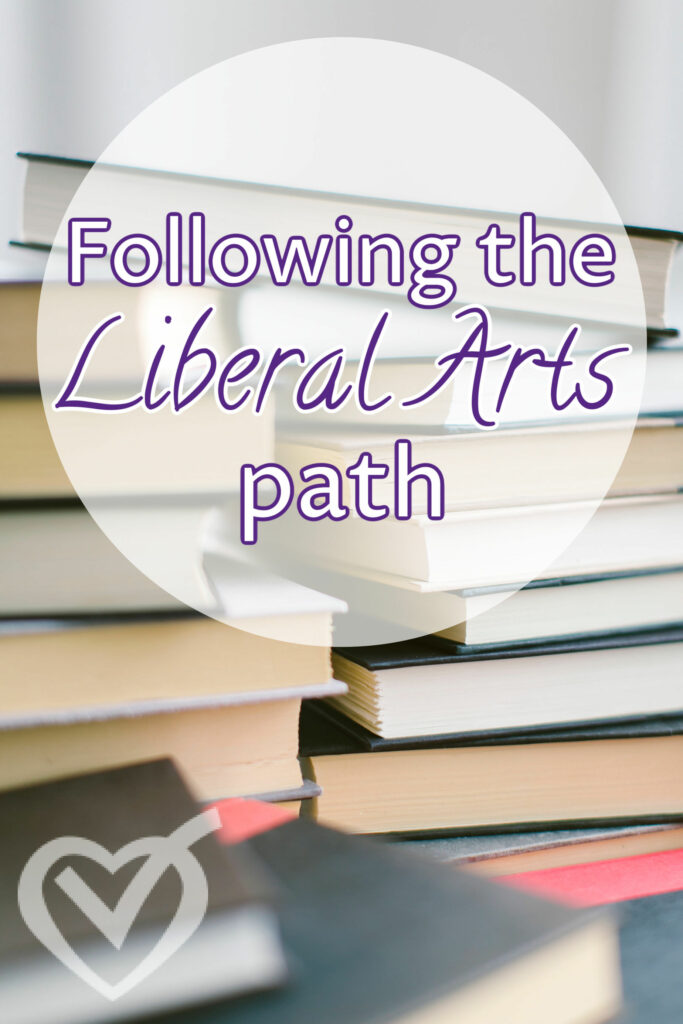Following the Liberal Arts Path
I am trying to hold myself back from devouring The Liberal Arts Tradition. Going back to craft a post around a particular thought is helping me slow down and process what I’m reading. I’ve never been so compelled by the seven liberal arts as I have been while reading their treatment of each art.
Why the Liberal Arts?
Aquinas gives us the answer: the liberal arts are used to produce the works of reason. The liberal arts are the tools of learning through which arguments, poems, and proofs are uncovered. They provide the tools through which science is demonstrated and reality is encountered.
Yes, they are the liberal arts because they are skills to be used with and toward wisdom, but their end is knowledge, which was scientia in Latin. So we learn the arts that we might do the science.
It is the liberal arts alone whose good produced is knowledge or, in Aristotelian terms, science.
We believe that each art is an irreducible, well-worn path (vium) which will allow students not only to acquire the skill and content, but to be initiated into the Western tradition.
I love how this liberal arts approach really tears down the walls between subjects. Language, math, knowledge, they all work together toward wisdom and virtue. They aren’t separate boxes to be checked or separate departments. With the liberal arts, we aren’t raising math people or language people, but learners, seekers-after-truth.
The seven liberal arts are the established paths that tutor the reason and train the mind in virtue.
So, if education’s goal is virtue, then the liberal arts is how we move toward that goal.




